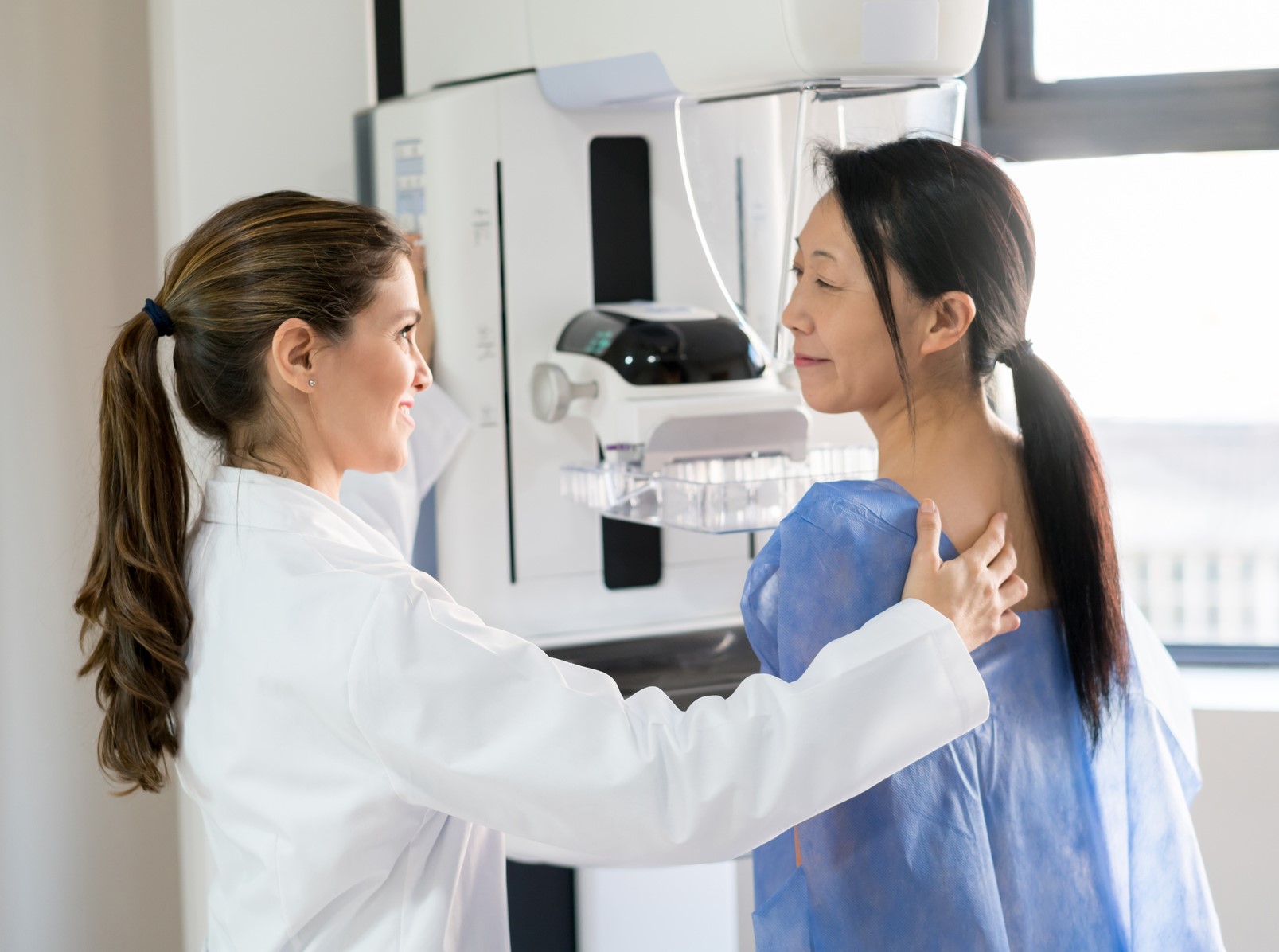Breast cancer is the most common cancer affecting women worldwide and the incidence is increasing. In this Q&A with Marybeth Hans, MS, PA-C, Clinical Director of the Breast Cancer Personalized Risk Assessment, Education and Prevention Program (B-PREP) at Brigham and Women’s Hospital, she discusses assessments for patients who might be at a high risk of developing breast cancer, and how the dedicated team from the B-PREP program will help you every step of the way.
 A: The Program lives in the Comprehensive Breast Health Center at Brigham and Women's Hospital. The overarching goal of this program is to make sure that every patient understands their risk for breast cancer and the options that are available to them for risk reduction and prevention.
A: The Program lives in the Comprehensive Breast Health Center at Brigham and Women's Hospital. The overarching goal of this program is to make sure that every patient understands their risk for breast cancer and the options that are available to them for risk reduction and prevention.
A: We focus on three main factors: hereditary, hormonal, and pathologic.
We also look at additional elements that factor into one’s risk calculation, such as breast density and body mass index (BMI).
A: When thinking about familial risk, it’s important to consider both the maternal and paternal sides. Family history of breast cancer can significantly increase a woman's risk, particularly if multiple family members are affected. Some family history patterns can be suggestive of a genetic predisposition and should prompt the recommendation for genetic testing. In families with a BRCA mutation for example, one can see multiple family members affected and often at ages younger than 50, bilateral breast cancer, or male breast cancer in addition to other cancers such as those of the ovary, pancreas and prostate. Ashkenazi Jewish women are at particularly high risk of carrying a BRCA mutation, with a carrier frequency of 1 in 40, compared to 1 in 400 in the general population.
It's important to understand, however, that only 5-10% of all breast cancers can be explained by a genetic predisposition, so women with family history and negative genetic testing results still need to be considered at elevated risk. Finding a BRCA mutation significantly increases breast cancer risk and should prompt specific surveillance and prevention recommendations.
A: Hormonal factors include the age a woman starts her period and her age at menopause. Younger age at the first period and older age at menopause expose the breast to hormonal cycling for a longer time, increasing risk slightly. On the other hand, pregnancies offer a break from these hormones, providing protective effects. Breastfeeding offers additional protective effects.
Birth control pills show only a modest increase in risk during use, while prolonged postmenopausal hormone replacement therapy, specifically when using previous regimens consisting of oral combined estrogen and progesterone, can increase breast cancer risk.
A: There are four categories of breast density:
The fatty tissue makes it easier for the mammographer to find abnormalities in the breast. But categories C and D are the concerning groups. Increased breast density impacts both the detection of breast cancer and the risk of developing it.
Women with dense and extremely dense breasts and elevated lifetime risk for breast cancer may benefit from screening in addition to mammography such as breast MRI.
Frequently asked questions about breast cancer screening with MRI.
A: Post-menopausal obesity (a BMI >30) is associated with increased breast cancer risk. Smoking and alcohol consumption also elevate breast cancer risk, with even moderate alcohol intake being a concern. Maintaining a healthy lifestyle and getting regular physical activity, however, reduces this risk.
A: We go over what the risk is felt to be relative to the general population and then outline individualized approaches for risk reduction and surveillance. Patients are seen yearly for a clinical breast exam with our providers managing the imaging strategy. We offer clinical trial participation in studies aimed to help us understand risk and prevention strategies better.
A: Often, a referral is made only after a patient voices a concern, but there should be certain triggers in one’s personal/family history that would prompt a primary care provider or a gynecologist to proactively refer patients for discussion. Patients can absolutely request a consult themselves if they have any questions or concerns. Any person who wants to understand their risk for breast cancer and what options are available to them are welcomed to be seen in B-PREP.
Every fall, the B-PREP team hosts a free virtual patient forum where everyone is welcome to attend. Experts share valuable information on a variety of topics such as environmental risk factors, clinical trial participation, breast cancer genetics, medication for risk reduction, lifestyle modifications and so much more.
Follow this link to make an appointment.
Learn more about the upcoming B-PREP Fall Forum.
For over a century, a leader in patient care, medical education and research, with expertise in virtually every specialty of medicine and surgery.
About BWH